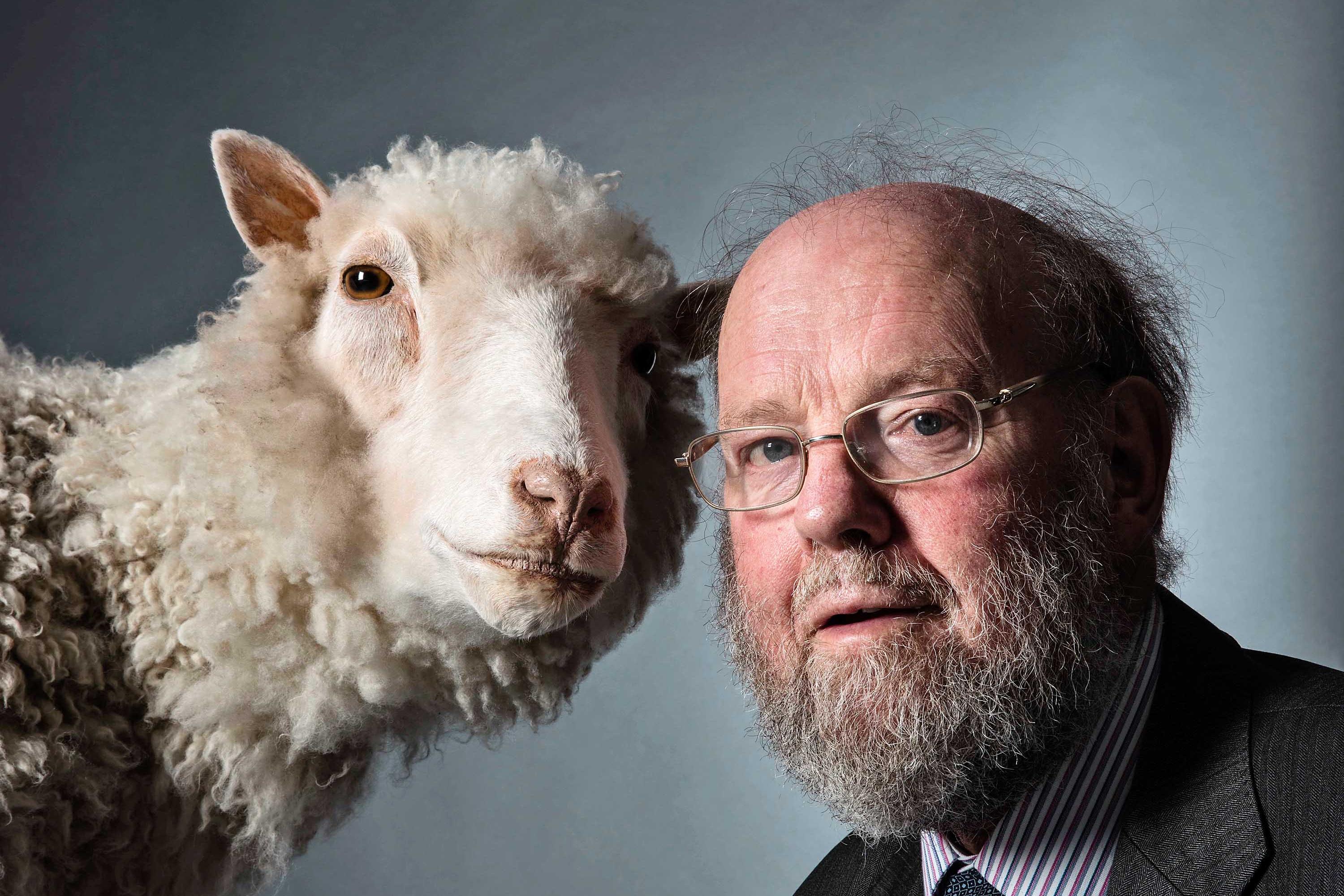The scientist who cloned Dolly the sheep: Who is Ian Wilmut?
In the statement made by the Roslin Institute, which is part of the University of Edinburgh, it was announced that Ian Wilmut, the British scientist who cloned Dolly the sheep, died at the age of 79. Would you like to get to know Wilmut better?

HE WAS DIAGNOSED WITH PARKINSON'S
Wilmut cloned Dolly in 1996 with Keith Campbell at the Roslin Institute. Wilmut was diagnosed with PARKINSON years ago. On the other hand, Dolly gave birth to 6 lambs after her cloning and was put to sleep on February 14, 2003, due to her progressive lung disease.
Ian Wilmut opens his eyes to life in Hampton Lucey, an old town in England that was exposed to German bombardment during the Second World War. Professor Wilmut was interested in farming during his childhood, and this interest pushed him to study agriculture at the University of Nottingham. During his summer internships, he focused on the science of embryology, which he was interested in. When he received his doctorate from Cambridge University in 1971, he focused on genetic engineering in animals and did his thesis on freezing pig sperm. He also guided genetic research with his postdoctoral studies.
Sir Ian Wilmut (7 July 1944 – 10 September 2023) was a British embryologist and Chair of the Scottish Centre for Regenerative Medicine[9] at the University of Edinburgh. He is best known as the leader of the research group that in 1996 first cloned a mammal from an adult somatic cell, a Finnish Dorset lamb named Dolly. He was appointed OBE in 1999 for services to embryo development and knighted in the 2008 New Year Honours. He together with Keith Campbell and Shinya Yamanaka jointly received the 2008 Shaw Prize for Medicine and Life Sciences for their work on cell differentiation in mammals.
A conversation he attended in 1986 added a new dimension to his career. During this conversation, Danish embryologists' success in producing a new lamb from the embryo cells of a fully developed lamb pushed him to think about the possibility of cloning a lamb from a mature sheep's body cell. At this very time, the emergence of a fake report on mouse cloning caused the support for this field to be withdrawn. Thereupon, Wilmut and his teammate Keith Campbell were trying to continue the work with their own means.
In the first half of 1986, Professor Wilmut and his team succeeded for the first time in producing two pairs of lambs, named Megan and Morag, in embryonic cells. Although this success attracted the attention of the scientific world, it did not make much noise in public opinion. In 1997, Professor Wilmut announced that they had cloned a sheep named Dolly, named after Dolly Parton, one of the artists of that period, from the mammary cell of an adult sheep. This was the first successful production achieved by the fusion of a body cell to an egg cell. This success, unlike the previous one, attracted a lot of attention because the public thought "I wonder if the next step will be human cloning?"
Although Dolly died of respiratory problems in 2003, Prof. Wilmut continued his work in Edinburgh as head of the reproductive biology department at the Center for Regenerative Medicine Research. His success also paved the way for animal cloning for therapeutic purposes. For these purposes, animal cloning carries great hope as it opens the door to important medical and scientific developments. For example, a protein that plays an important role in hemophilia disease can be produced from animals and given to humans, and solutions to the disease can be developed. On the other hand, these cloned animals can be used in organ transplants. In addition, cloned animals can be a solution to a possible resource shortage for purposes such as milk and wool production.
The ability of James Thomson and John Gearhart from the USA to control stem cells with the ability to differentiate from human embryos made it one of the most exciting developments in this field. However, ethical problems regarding human embryos in both the USA and the UK hindered the continuation of these studies. Professor Wilmut received a license to clone human embryos in 2005. His aim was to produce solutions to neurological diseases. 2 years later, Dr. Shinya Yamanaka announced that they had found a new method of converting adult body cells into stem cells. Wilmut and his team immediately proved that this new method worked in human cells. With this development, Wilmut abandoned the human embryo cloning project he had previously started and started to pursue developments that would bring hope to diseases such as Parkinson's, Paralysis, and Alzheimer's by applying this new method. Prof Wilmut was awarded the title of knight by Queen Elizabeth for his contributions to the world of science with his Dolly studies.
